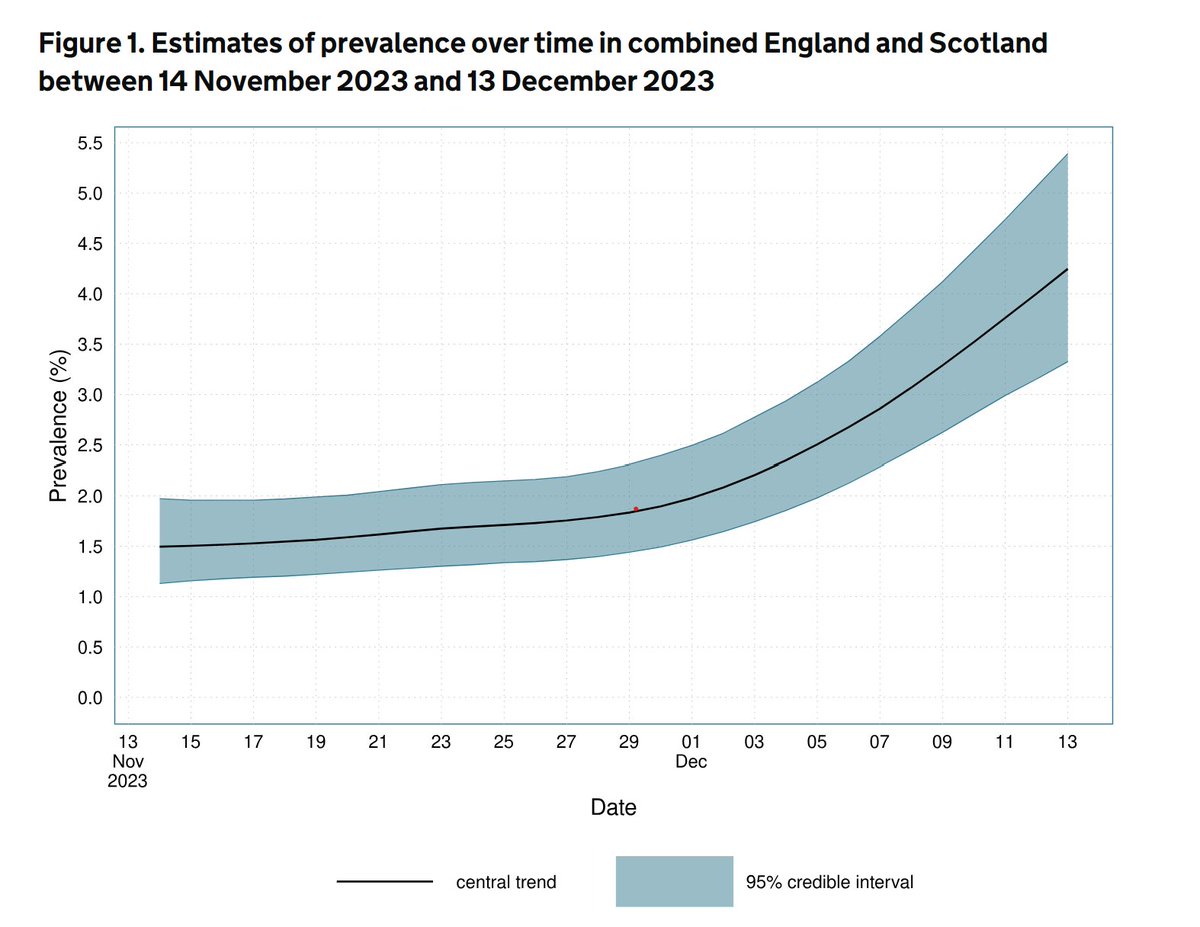A common question by those who may feel that the effects of COVID-19 are overstated is to ask how many deaths have been WITH COVID as opposed to being DUE TO COVID.
Here's why I think these questions and underlying beliefs are misguided. 1/6
Here's why I think these questions and underlying beliefs are misguided. 1/6
The actuarial profession, through the CMI, has monitored mortality in the UK for many years, so it's in a good position to understand the level of overall excess mortality we've seen in E&W since March. Here's a graph showing recent years in comparison with each prior year. 2/6 

It currently estimates 55,000 excess deaths since March. It uses age standardised mortality rates, so changes in population distribution (such as an ageing pop'n) are allowed for. There's very little reduction since June, which would happen if people had "just died early". 3/6
Meanwhile, the ONS has been publishing figures of deaths where COVID was mentioned as a cause on the death certificate. To date, these total 52,000. So excess mortality is actually slightly greater than deaths attributed to COVID by the death cert. 4/6
Undoubtedly the disruption to health services will contribute to the excess, and also some deaths will have been accelerated to some extent. So we wouldn't expect a direct match. But nevertheless, the message should be clear, over 50,000 have died because of COVID. 5/6
If I've whetted your appetite, you can read the latest CMI report on excess mortality here, which has more information on how it's calculated, age analyses, and much more. 6/6 ENDS actuaries.org.uk/system/files/f… 

• • •
Missing some Tweet in this thread? You can try to
force a refresh












